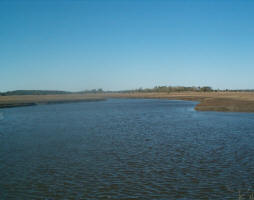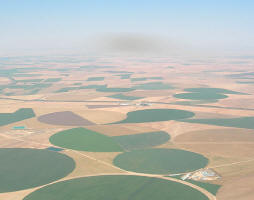 Integrated water management of transboundary catchments
Integrated water management of transboundary catchments
Transboundary catchments are usually differently managed in each country, not respecting the interests of its neighbour. These different approaches to utilise the catchment may have catastrophic
effects. The main goal of the project will be to create a Decision Support System (DSS) for the integrated water management of transboundary catchments of different characteristics. It will be able to
cope with the complexity of the water resources systems and the uncertainty of decision-making. The DSS will be built around modules that allow simulation of the range of different climatic, topographic,
environmental and socio-economic conditions. Five pilot sites with different natural, social, political, and economical conditions were selected so that collection and evaluation of the data
would be as broad and as general as possible.
--
http://www.eugris.info/DisplayProject.asp?P=4462
| Project number | EVK1-CT-2002-00124 | ||
|---|---|---|---|
| Subject(s) | HYDRAULICS - HYDROLOGY , INFORMATION - COMPUTER SCIENCES , MEASUREMENTS AND INSTRUMENTATION , METHTODOLOGY - STATISTICS - DECISION AID , NATURAL MEDIUM , POLICY-WATER POLICY AND WATER MANAGEMENT , RISKS AND CLIMATOLOGY , TOOL TERMS , WATER DEMAND , WATER QUALITY | ||
| Acronym | TRANSCAT | ||
| Geographical coverage | n/a | ||
| Budget (in €) | 0 | ||
| Programme | EU-FP5 | ||
| Web site | http://www.transcat-project.net/ | ||
| Objectives |
of the implementation of the EU Water Framework Directive. The development of the proposed DSS will allow an integrated water management system within the scope of the transboundary catchment. It will be able to cope with the complexity of the water resources |
||
| Results | Project Resources: |
||
| Period | [01/01/2004 - 31/12/2006] | ||
 you are not logged in
you are not logged in





